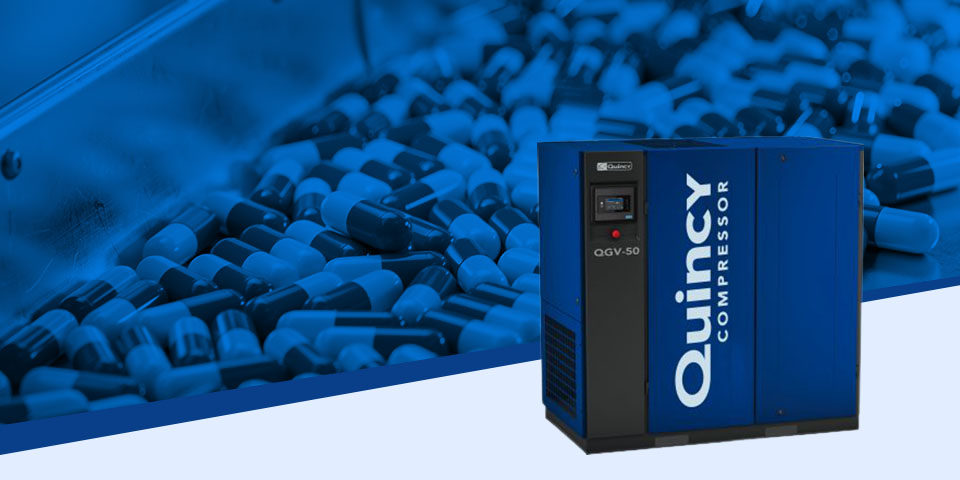Contents
Isothermal Efficiency
Isothermal efficiency is a ratio that compares the theoretical work required for ideal isothermal compression to the actual work a real compressor uses to compress a gas.
Isothermal compression — compression without any temperature change — is the most energy-efficient way to compress air. However, it’s largely a conjectural ideal, as real-world compressors naturally generate heat during compression.
As a metric, isothermal efficiency indicates how closely an air compressor approaches perfectly compressing air at a constant temperature — the ideal isothermal process. A higher isothermal efficiency signifies that the compressor operates closer to ideal isothermal compression, minimizing heat generation and thus operating more efficiently. For example, Quincy Compressor manufactures air compressors engineered for high isothermal efficiency.
FAQs
Isothermal compression is the ideal process — where gas is compressed while maintaining a constant temperature.
Isothermal efficiency is a metric that quantifies how closely a real-world compressor’s performance matches that ideal. It’s expressed as a ratio comparing the theoretical work required for perfect isothermal compression to the actual work the compressor uses.
Isothermal efficiency is calculated by dividing the theoretical work needed for perfect isothermal compression by the actual work the compressor uses. This is mathematically expressed as:
- Isothermal Efficiency = Work (Ideal Isothermal) / Work (Actual Compression)
That means if the theoretical compressor work calculation is 1,000 joules, and you measure the actual work input to be 1,500 joules, the isothermal efficiency would be:
- 1,000 J / 1,500 J = .667
Therefore, the compressor’s isothermal efficiency is approximately 66.7%. Please note that the actual efficiency of a real compressor will vary depending on the machine and conditions.
Efficiency is a critical parameter when evaluating the performance of air compressors. Along with isothermal efficiency, various types of compressor efficiencies help users understand the performance, reliability and cost-effectiveness of compression systems.
Common compressor efficiency types include:
- Adiabatic efficiency: Also called isentropic efficiency. Helps determine the real-world efficiency of air compressors that use adiabatic compression, where heat transfer is minimized.
- Polytropic efficiency: Measures a compressor’s performance in terms of both pressure and temperature rise, for a more realistic assessment than isothermal or adiabatic efficiency alone.
- Mechanical efficiency: Measures how effectively a compressor converts the input power into useful compressed air output, demonstrating the machine’s overall performance and reliability.
- Volumetric efficiency: Measures the volume of air taken in by the compressor to the volume the piston displaces during the intake stroke, indicating how effectively a compressor utilizes its design capabilities.
A high isothermal efficiency for an air compressor indicates that the compressed air system can maintain a near-constant temperature during compression. By minimizing heat buildup, an air compressor with high isothermal efficiency offers some distinct advantages:
- Reduced energy consumption: Minimizing heat generation during the compression process means less energy is needed to achieve the desired pressure.
- Lower operating costs: Less energy being used directly translates to potentially lowering electricity use and operating costs.
- Improved system performance: Lower temperatures also help lessen the stress on compressor components, which can improve a system’s performance and potentially extend its lifespan.
Additional Resources
At Quincy, our goal is to support you and true support means connecting you to resources that best fit your needs.


